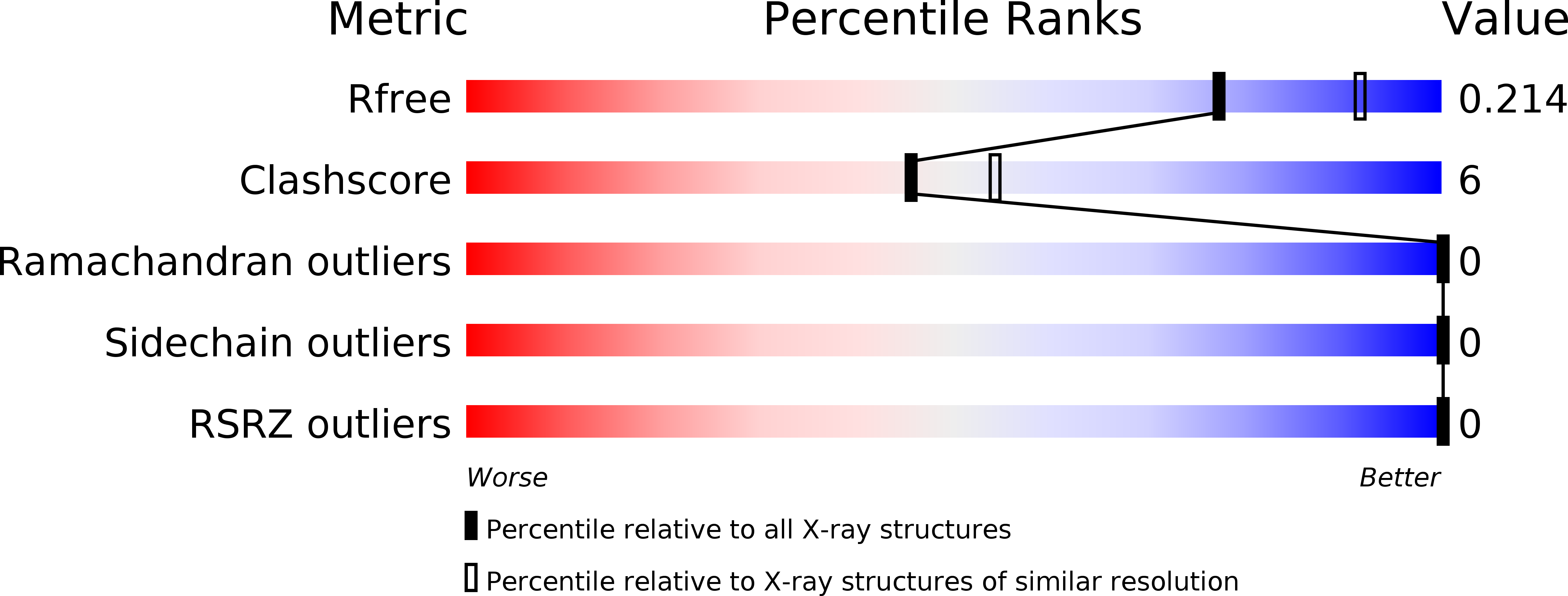
Deposition Date
2018-10-12
Release Date
2019-10-16
Last Version Date
2023-11-22
Entry Detail
PDB ID:
6IJX
Keywords:
Title:
Crystal Structure of AKR1C1 complexed with meclofenamic acid
Biological Source:
Source Organism:
Homo sapiens (Taxon ID: 9606)
Host Organism:
Method Details:
Experimental Method:
Resolution:
2.20 Å
R-Value Free:
0.21
R-Value Work:
0.15
R-Value Observed:
0.16
Space Group:
P 1 21 1


